Not all SUP board construction is equal! Straight Talk About SUP Manufacturing
SUP board construction is important! The construction quality affects your board's longevity, handling, durability and performance.
Manufacturing quirks and technical issues associated with traditional surf boards, kayaks and windsurfing boards were sorted out long before stand up paddle boarding became popular. As a result, development of top quality equipment for the sport was relatively speedy thanks to pre-existing technology. Today there is a diverse range of SUPs and associated gear to choose from.
The following video and link provide an introduction to SUP board construction.
General
There are several types of SUP board construction available, each with its own unique features and benefits. Here are the most common types of SUP board construction:
Solid Epoxy:
- At its core, a solid epoxy SUP board starts with a lightweight foam blank (usually EPS), shaped to desired form. This "skeleton" gets wrapped in protective layers of fiberglass and epoxy resin, like a suit of armor, creating a rigid, watertight shell. Additional reinforcements like wood stringers can be added for increased strength, and finally, a grippy deck pad and eye-catching finish complete the transformation into a sturdy, surf-ready companion.
Inflatable:
- An inflatable SUP's heart lies in the "drop stitch" core: two sheets of durable PVC fabric tightly woven with thousands of thin threads. These threads act like mini tethers, keeping the sheets apart when inflated, creating the board's shape and rigidity. This core gets wrapped in another layer of PVC for extra strength and protection, often with additional reinforcements around the rails and nose. Finally, a grippy deck pad and fins are attached, transforming this air-filled wonder into a portable, versatile ride for paddling adventures.
Keep in mind that various companies will most likely have proprietary features. Do your research to find what will suit your needs best.
Carbon Fiber:
- Carbon fiber SUPs take board construction to a whole new level of lightness and performance. Unlike their fiberglass counterparts, they ditch the heavy outer shell and instead rely on the magic of carbon fiber. Imagine this: A lightweight EPS core, shaped to perfection, forms the foundation. EPS core of a carbon fiber SUP board
- Layers of high-strength carbon fiber sheets, meticulously woven and strategically placed, are meticulously layered onto the core like a superhero suit. These sheets, often in different directions, provide incredible strength and stiffness while staying super thin.
- Epoxy resin, the mighty glue, binds everything together, creating a watertight and incredibly strong shell.
- Additional reinforcements, like high-density foam or wood stringers, can be added for targeted support in specific areas like the rails or fins.The finishing touches: a grippy deck pad for secure footing and a sleek, often minimalist, paint job complete the transformation,
Wood Veneer:
- Wood veneer SUPs marry nature's elegance with modern craftsmanship, crafting boards that are a sight to behold and a joy to ride. Here's a peek into their construction:
- The heart and soul: It all starts with a lightweight foam core, usually EPS, shaped to the desired hull form. Think of it as the blank canvas waiting for its masterpiece.
- Wood whispers: Thin sheets of real wood veneer, meticulously chosen for their beauty and grain patterns, are meticulously glued onto the core. Imagine layering on nature's finest artwork, piece by piece.
- Strength in layers: To create a watertight and sturdy shell, additional fiberglass cloth is laminated on top of the veneer, often with multiple layers for added rigidity. Like a knight's armor protecting the precious artwork within.
- Epoxy alchemy: The magic glue, epoxy resin, binds everything together, creating a watertight seal and ensuring structural integrity. It's the invisible force holding the masterpiece together.
- Finishing touches: Finally, the board is sanded smooth, revealing the stunning wood grain in all its glory. A grippy deck pad and fins are added for function, and a protective varnish or clear coat amplifies the wood's natural beauty.The result? A SUP that's a unique blend of strength, performance, and breathtaking visual appeal, perfect for riders who appreciate both cutting-edge technology and nature's timeless elegance.
Carbon/Kevlar:
- Carbon/Kevlar SUPs combine the best of both worlds: the feather-light speed and stiffness of carbon fiber with the puncture-resistant toughness of Kevlar. Buckle up for a high-tech ride:
- Lightweight core: An EPS foam blank, sculpted to the desired shape, lays the foundation. This provides buoyancy while keeping the overall weight minimal.
- Carbon fiber magic: Ultra-thin sheets of high-strength carbon fiber are meticulously layered onto the core in strategic orientations. Think of it as weaving a lightweight, super-strong exoskeleton for your board.
- Kevlar's shield: A layer of Kevlar, woven like a protective mesh, gets strategically placed on areas prone to impact, like the rails and nose. This adds puncture resistance and guards against dings and scratches.Epoxy alchemy:
- Epoxy resin, the bonding agent, binds everything together, creating a watertight and incredibly strong shell. It's the invisible force holding the high-tech layers in place.
- Finishing touches: A grippy deck pad ensures secure footing, while fins complete the package for optimal paddling performance. The final result? A sleek, lightweight SUP that cuts through the water like a knife, yet shrugs off bumps and scrapes with ease. It's the ultimate choice for performance-oriented paddlers who demand both speed and resilience.
Hollow Core:
- Hollow core SUPs strike a fascinating balance between performance and practicality, blending lightweight agility with surprising rigidity. Here's a peek under the hood:
- The skeletal system: Unlike solid cores, the magic starts with lightweight wooden stringers strategically placed like ribs within the board. These act as the backbone, providing structural support.
- Shaping the void: High-density foam blocks are strategically positioned around the stringers, meticulously carved to create hollow chambers within the board. Think of it as sculpting negative space to maintain buoyancy while minimizing weight.
- Strength from the skin: Durable fiberglass or epoxy resin sheets get meticulously layered onto the top and bottom, encasing the core and hollow chambers like a protective cocoon. These sheets provide rigidity and watertightness.
- Reinforcement finesse: Additional wood or bamboo stringers can be strategically placed along the rails or nose for targeted support, further enhancing stiffness and durability.
- Finishing touches: A grippy deck pad ensures secure footing, while fins complete the package for optimal paddling performance. The final result? A surprisingly lightweight SUP that glides with ease, yet maintains enough rigidity for confident maneuvering. Hollow cores offer a sweet spot for paddlers seeking a responsive board that's easy to transport and store.
- Remember, the specific construction details can vary depending on the manufacturer and board model, but the core principle of combining a lightweight skeletal system with hollow chambers and a strong outer shell remains the same. This unique construction method makes hollow core SUPs a compelling choice for paddlers who prioritize versatility and ease of use without sacrificing performance.
High Performance sup board construction - hard boards
Today's high-performance stand-up paddle boards (SUPs) are marvels of engineering, meticulously crafted for speed, maneuverability, and wave catching prowess. These cutting-edge boards push the boundaries of both material science and design, resulting in incredible paddling experiences for advanced riders. Here's a dive into the world of high-performance SUP construction:
Core Materials:
- EPS Foam: The most common core material, offering a great balance of weight, stiffness, and affordability. High-density EPS is preferred for performance boards due to its increased rigidity.
- Carbon Fiber: For the ultimate in lightweight performance, some boards utilize carbon fiber cores. These offer incredible stiffness and responsiveness but come at a premium price.
- Epoxy Fiberglass: The traditional workhorse, providing a durable and watertight shell. Multi-layer laminations with varying fiberglass weights and weave patterns are used to fine-tune flex and stiffness.
- Carbon Fiber: For the ultimate in speed and responsiveness, some high-end boards sport full or partial carbon fiber shells. This sheds significant weight while boosting stiffness and overall performance.
Outer Shell:
Advanced Construction Techniques:
- Vacuum Bagging: Creates a tighter bond between the core and shell by removing air during lamination, resulting in a lighter and stiffer board.
- Pre-Preg Carbon: Utilizes pre-impregnated carbon fiber sheets with resin, eliminating the messy resin application step and ensuring consistent weight distribution.
- Stringers: Wood or bamboo stringers running along the length of the board provide additional stiffness and support, particularly for hollow-core boards.
Design Elements:
- Rocker: The curvature of the board from nose to tail. Performance boards typically have a flatter rocker for increased speed and glide, but may sacrifice some wave-catching ability.
- Rails: The edges of the board. Thinner rails improve maneuverability in waves but may be less stable. Thicker rails offer more stability but can feel less responsive.
- Outline: The overall shape of the board. Performance boards often have narrower outlines for faster paddling and improved tracking, but may be less stable than wider boards.
Fin Configurations:
- Thruster: The most common setup, with three fins (one large center fin and two smaller side fins) for good all-around performance.
- Quad: Four fins (two larger center fins and two smaller side fins) offer increased grip and control in waves, but may feel less stable than a thruster setup.
- Single Fin: For experienced riders seeking maximum maneuverability and responsiveness in waves.
Remember, choosing the right high-performance SUP depends on your individual skill level, paddling style, and preferred riding conditions. It's always best to consult with experienced paddlers or shop staff to find the board that perfectly matches your needs and unlocks your paddling potential.
Review for a carbon construction board in the following video.
Board Quality
Pay attention to the level of quality for SUP board construction
Traditional board manufacturing in Taiwan has long been known for quality and for hand-crafted boards. To keep up with increasing demand, companies in China have been contracted to produce boards more quickly. These boards generally cost less, and in most cases you get what you pay for. If you come across wildly low prices it probably means corners have been cut during manufacturing. There is obviously a market for low cost boards since consumers are purchasing them. Simply put, be aware, and ask plenty of questions.
There are some smaller manufacturers in the U.S. and Canada who offer superior custom board manufacturing.
FOAM CORE FOR SUP BOARD CONSTRUCTION
Polyurethane (PU):
PU is the original foam inside most fibreglass boards, along with polyester resin. This was standard until about 2005, when Expanded polystyrene (EPS) came on the scene.
Expanded polystyrene (EPS):
EPS foam is about 60 percent lighter than PU and is always combined with epoxy resin. These boards are also stronger and more buoyant than PU. EPS foam core is now used for most stand up paddle board construction. High quality EPS reduces water absorption (it is water resistant, not water proof).
The EPS board will outlast the PU board, however some wave surfers prefer PU because it allows for more flex.
HAND SHAPING
The following video explains the hand shaping process from a "blank."
by shaper Paul Carter
COMPUTER SHAPING
The following video gives an interesting explanation of the computer shaping process.
by Blue Planet Surf
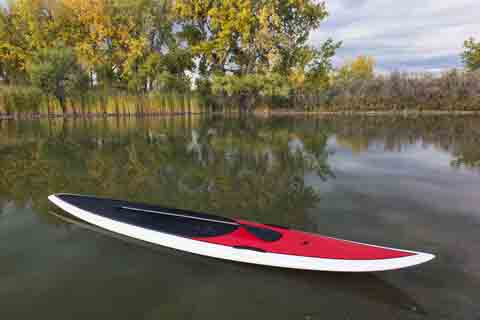
back to stand up paddle boards
Home – where it all started
This website is for sale. For information go to:
Buy-standuppaddleboardingguide.html
DuckDuckGo Search
2014 - Most recent Review - Shark 2s
Amazon devicesSee BLUEFIN SUP Fleet
5 year warranty,
60 day returns.
Free global shipping!
Learn more about Bluefin Sup inflatables
Dear Visitors
Should you click on an ad, it make generate a small commission at no cost to you. It helps keep our website free for all users. MANY THANKS!
O'Neil Wetsuit
https://amzn.to/3wekRsh
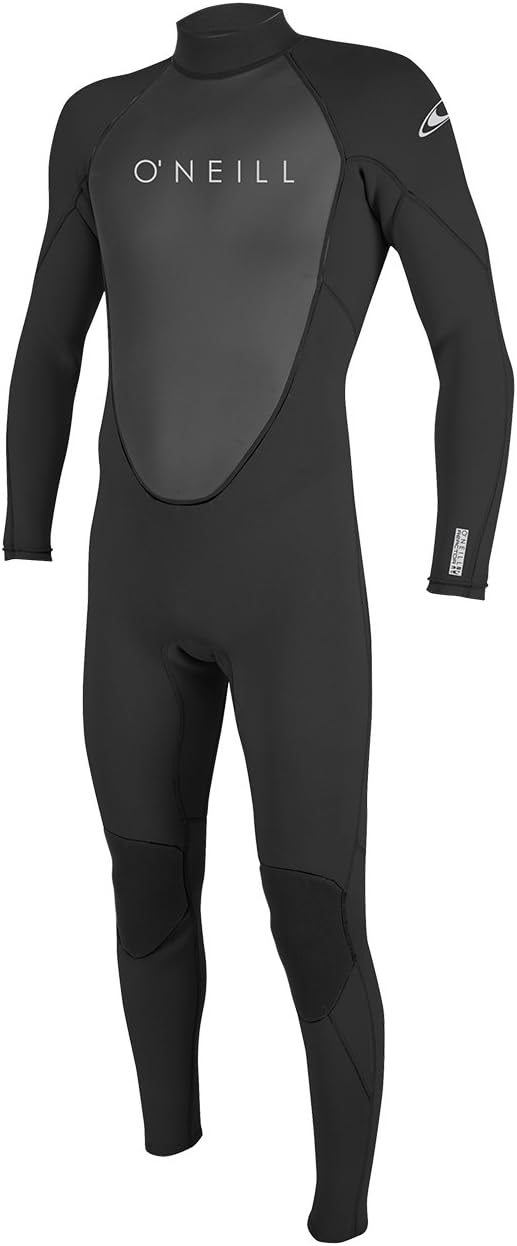
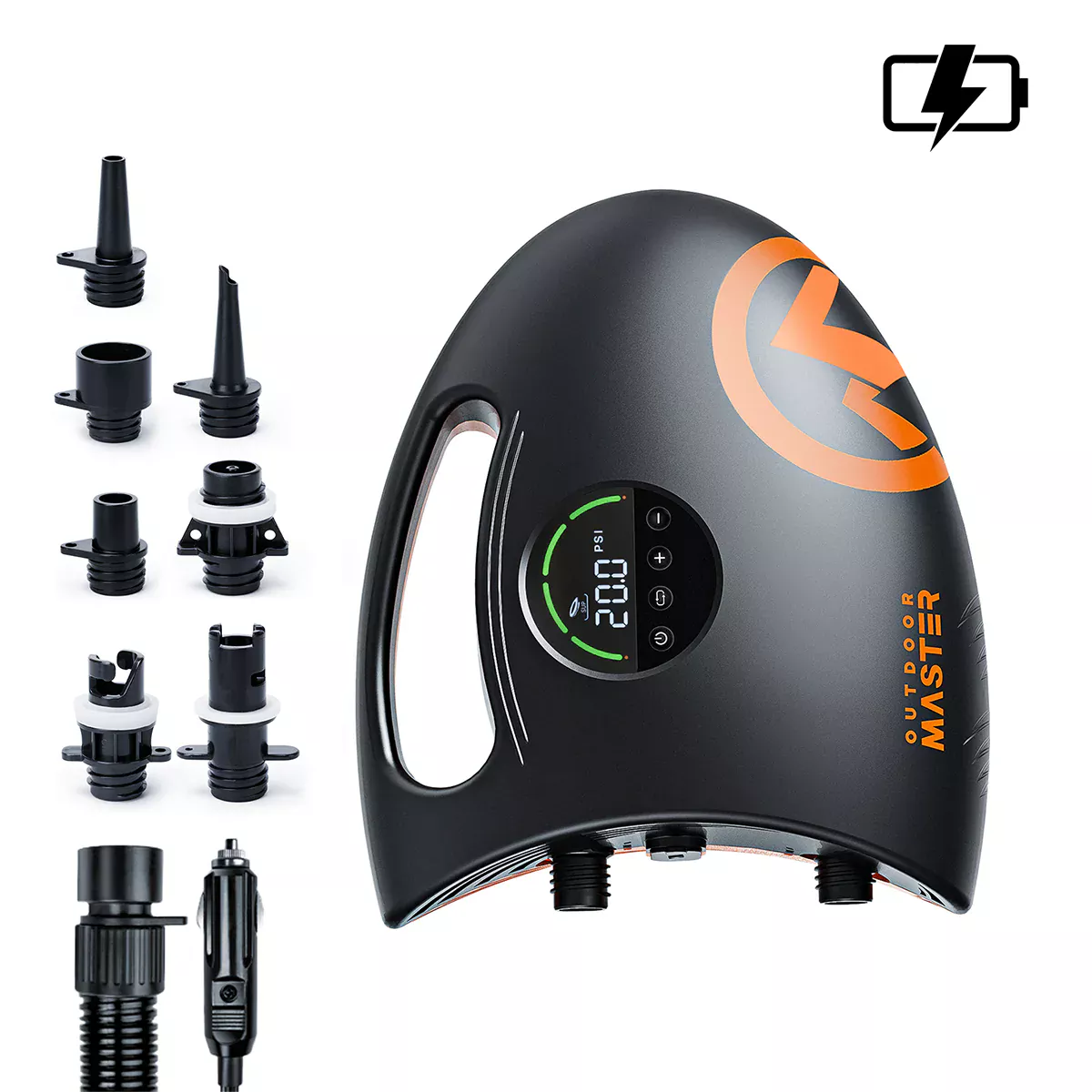
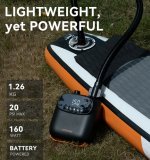
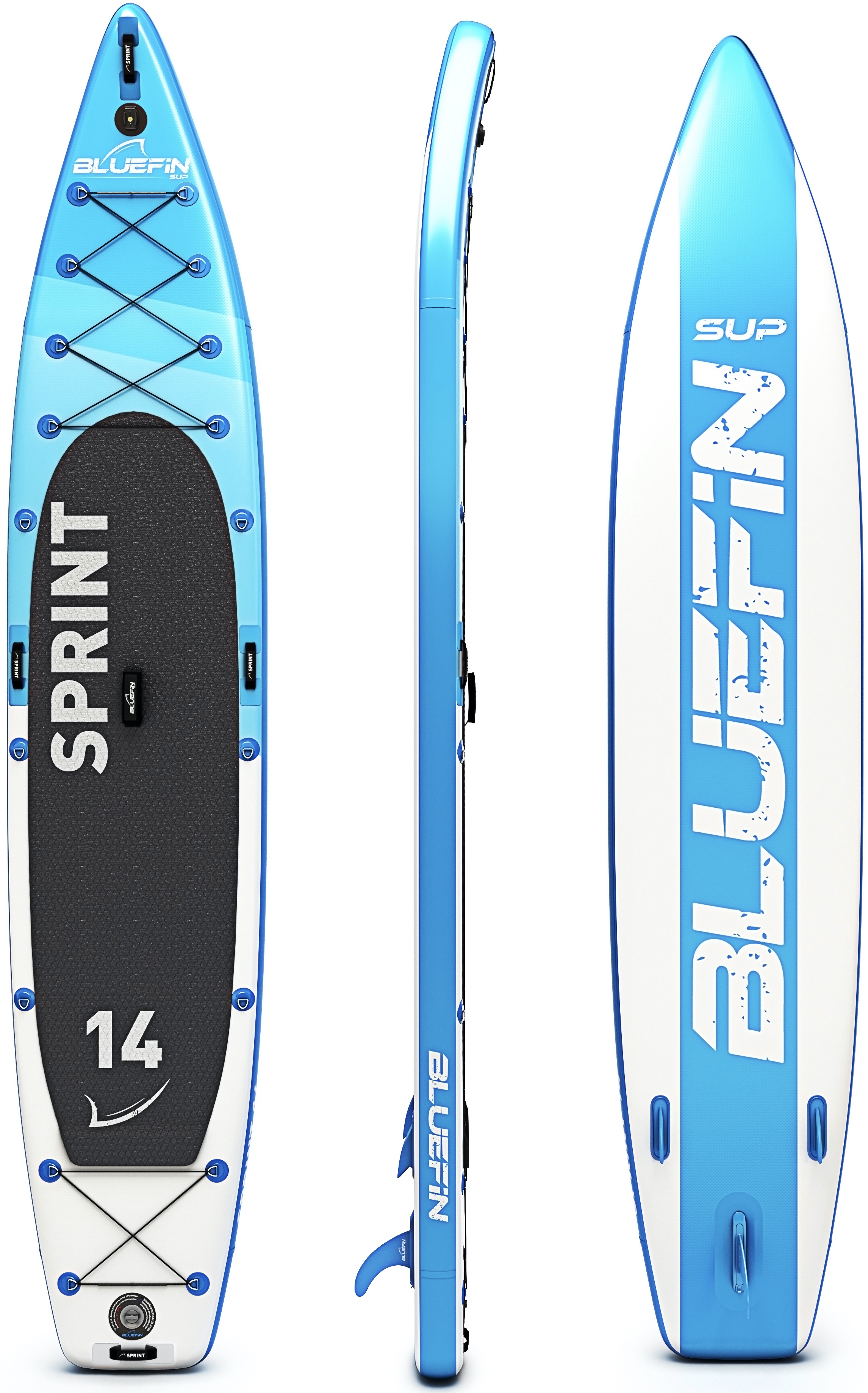
New! Comments
Have your say about what you just read! Your paddle boarding comments, stories and ideas are valued! Many thanks!